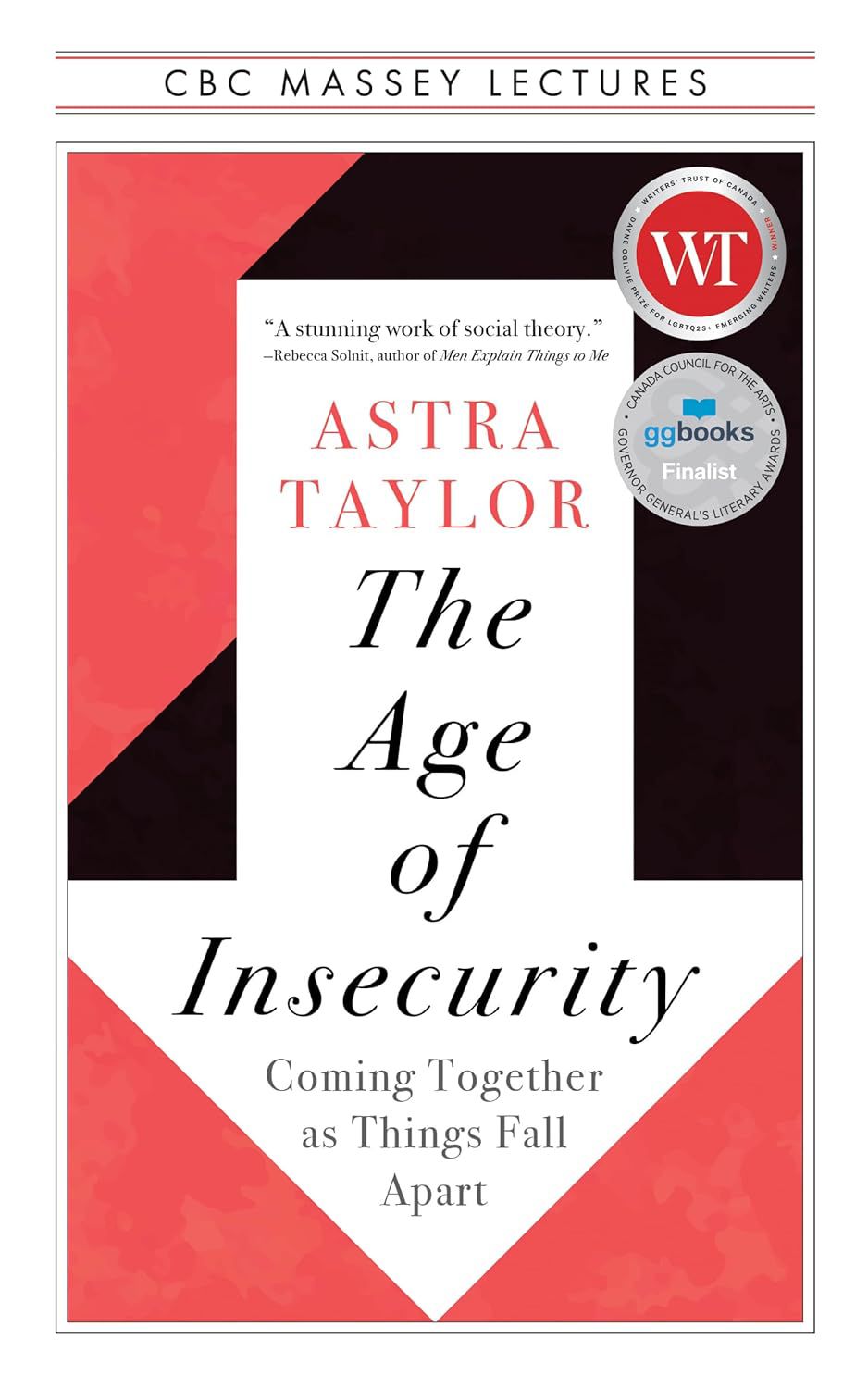.svg)
Desolation Sound is a neighbourhood of a different sort. Situated on the B.C. coast north of Powell River, it is a popular summer anchorage for coastal cruisers. I have sailed through this beautiful area several times and can confirm that when Captain George Vancouver named it Desolation, he must have been having a particularly dyspeptic day. Long before the arrival of the wealthy boat owners, the Sound was home to large groups of coastal First Nations and subsequently many European settlers found their way there (we call them stump farmers here on the coast). This is the story Heather Harbord tells in her new book, Desolation Sound: A History (Harbour). Here again my family plays a small role. My sister, whose duties as a young public health nurse included visiting some of the Sound’s isolated communities, is quoted in the book, relating how she arrived at one of the communes to give the communards their shots and found them cavorting unclothed through the woods. The anecdote gives a flavour of what much of the south/central B.C. coast was like in the late 196s when it was a haven for dreamers and draft resisters. More resilient settlers form the bulk of the book, however—people like Mike Shuttler, who homesteaded in Prideaux Haven around 189, planted an orchard of apple and cherry trees and fertilized his vegetable garden with seaweed. Or Devina Chambers, who raised four children in Okeover Inlet and knitted their socks and sweaters using wool from sheep she raised herself until a cougar ate them. Or Gladys Nightingale, who left her job at the Westinghouse factory in Vancouver to run away to sea with her dashing lover and later became a committed Kabalarian. The fact that Desolation Sound has occupied a place on the local bestseller list ever since its publication suggests that I am not alone in appreciating books that put such people, and their neighbourhoods, back into history.








